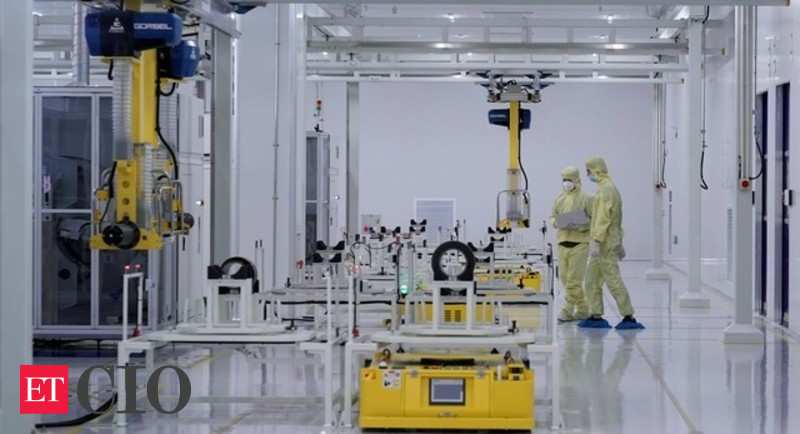With the help of Machine Learning tools such as Lobe, it is possible to automate the process of garbage classification. Let's build a smart trash classifier that can differentiate between various types of waste using Raspberry Pi.

Before we get started, you'll need a Raspberry Pi 4, a camera module, and some basic components such as breadboard, jumper wires, and a few resistors. A 3D-printed case, which can hold the Pi and the camera together, will be beneficial. Once you have all the components, let's get started with the circuit.
To begin with, connect the VCC pin of the camera module to the 3.3V pin on Pi, and the GND pin to the GND pin on the Pi. After this, connect the SDA and SCL pins to the respective GPIO pins on the Pi. Finally, connect the resistor between the SDA and VCC pins and the other resistor between the SCL and VCC pins.
Once the circuit is complete, it's time to set up the software. Start by installing the Raspberry Pi OS on the SD card and booting the Pi. We need to set up the Python environment by installing TensorFlow, Keras, and Lobe in addition to OpenCV for image processing.
Before training the model, we need to gather data to train the trash classifier. Take a few images of the different types of garbage, such as plastic bottles, cardboard boxes, metals, and glassware.
Utilize Lobe, a machine learning platform, to train a model to classify the waste images. Upload the images you captured earlier and label them appropriately. Then, train and refine the model until it accurately predicts the correct label when shown an image.
Now it's time to write the code to automate the process of classifying waste using the model you've created. Start by capturing an image from the camera and processing it with OpenCV. It is now ready to predict the image label using the model. Once the label is predicted, the Raspberry Pi will sort the image into the appropriate bin using a film/kapton® taping machine.
In conclusion, building a Raspberry Pi-powered garbage classifier is an excellent way to make a positive impact on the environment. This project can help automate the process of garbage classification, making it more efficient and accurate while reducing waste. So go ahead, build your trash classifier today, and let's make the world a cleaner place!